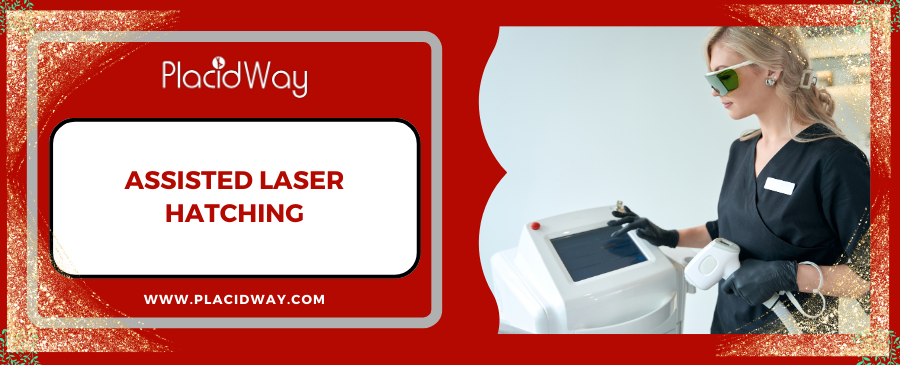
Table of Content
Assisted Laser Hatching is a laboratory technique used during in vitro fertilization (IVF) to improve the chances of embryo implantation. The procedure involves using a laser to create a small hole in the zona pellucida, the outer shell of the embryo, which is thought to facilitate hatching and implantation in the uterus. Assisted Laser Hatching is especially helpful for patients who have experienced repeated IVF failures, those with thick zona pellucida, or women over the age of 37.
| Treatment Type | Description |
|---|---|
| Laser-Assisted Hatching | A precise laser is used to create an opening in the zona pellucida, facilitating embryo hatching and implantation. |
| Mechanical Assisted Hatching | A microscopic needle is used to create an opening, though this method is less precise compared to laser-assisted techniques. |
To find out Different Packages for Assisted Laser Hatching, Click here.
The Assisted Laser Hatching procedure generally involves the following steps:
| Step | Description |
|---|---|
| 1 | Embryo evaluation by the embryologist to determine suitability for hatching. |
| 2 | Using a laser to create a precise opening in the zona pellucida of the embryo. |
| 3 | Careful monitoring of embryos after the procedure to ensure viability. |
| 4 | Transfer of the embryo(s) into the uterus for potential implantation. |
| Country | Estimated Cost (USD) |
|---|---|
| Mexico | $1,500 - $2,500 |
| Turkey | $2,000 - $3,000 |
| Thailand | $1,800 - $2,800 |
| Colombia | $1,200 - $2,000 |
| India | $1,000 - $2,200 |
| Austria | $3,500 - $5,000 |
| USA | $4,000 - $6,000 |
| UK | $4,500 - $6,500 |
Find Prices for Assisted Laser Hatching Near You: Click here.
The cost of Assisted Laser Hatching without insurance ranges from $1,000 to $6,500 depending on the country and clinic. Countries like India and Colombia offer more affordable options compared to the U.S. or the U.K.
Effectiveness varies depending on individual circumstances. It has been shown to improve implantation rates, especially in women over 37 or those with previous IVF failures.
Risks include potential damage to the embryo, reduced viability, and increased chances of multiple pregnancies. The procedure must be performed by a highly skilled embryologist to minimize risks.
No, Assisted Laser Hatching is typically recommended for specific cases, such as patients with a thick zona pellucida, repeated IVF failures, or women over the age of 37.
The procedure itself is relatively quick, usually taking less than 15 minutes per embryo. However, the entire IVF process, including embryo preparation and transfer, takes several weeks.
Are you ready to take the next step towards achieving your dream of parenthood? PlacidWay offers access to top-quality clinics for Assisted Laser Hatching Abroad. With experienced specialists, personalized treatment plans, and affordable pricing, our goal is to help you achieve your fertility goals. Contact us today to learn more about your options and schedule your consultation. Let PlacidWay be your guide on your fertility journey!
Fertility Treatment Abroad, Best Fertility Clinics